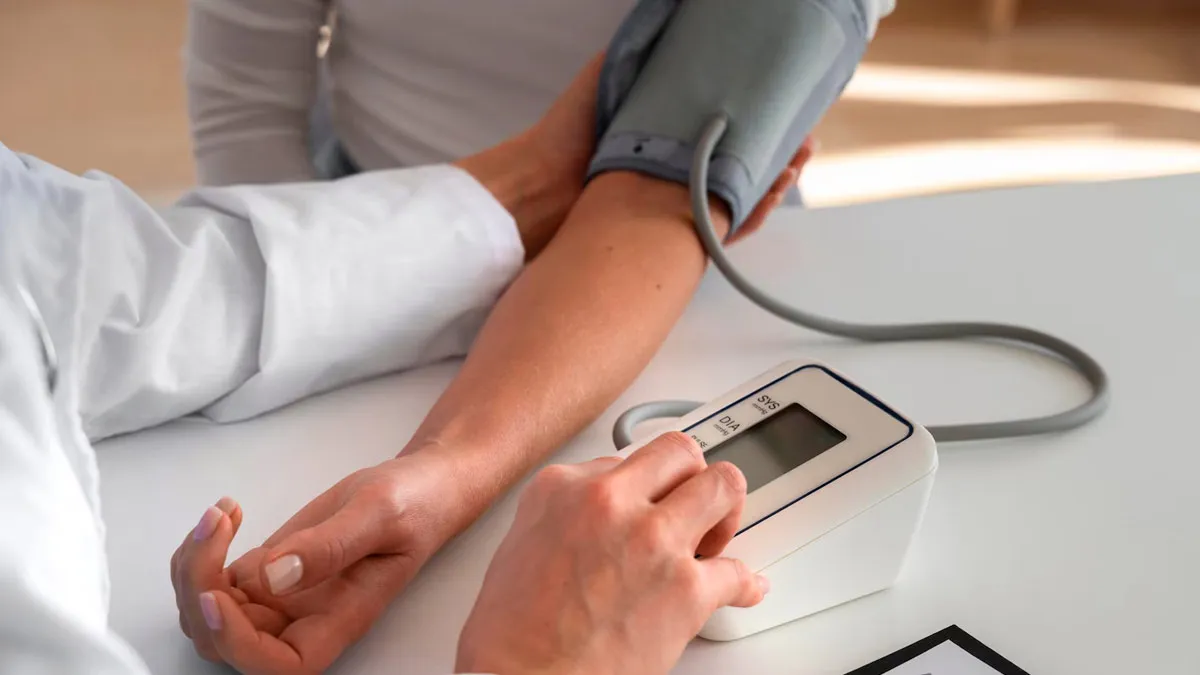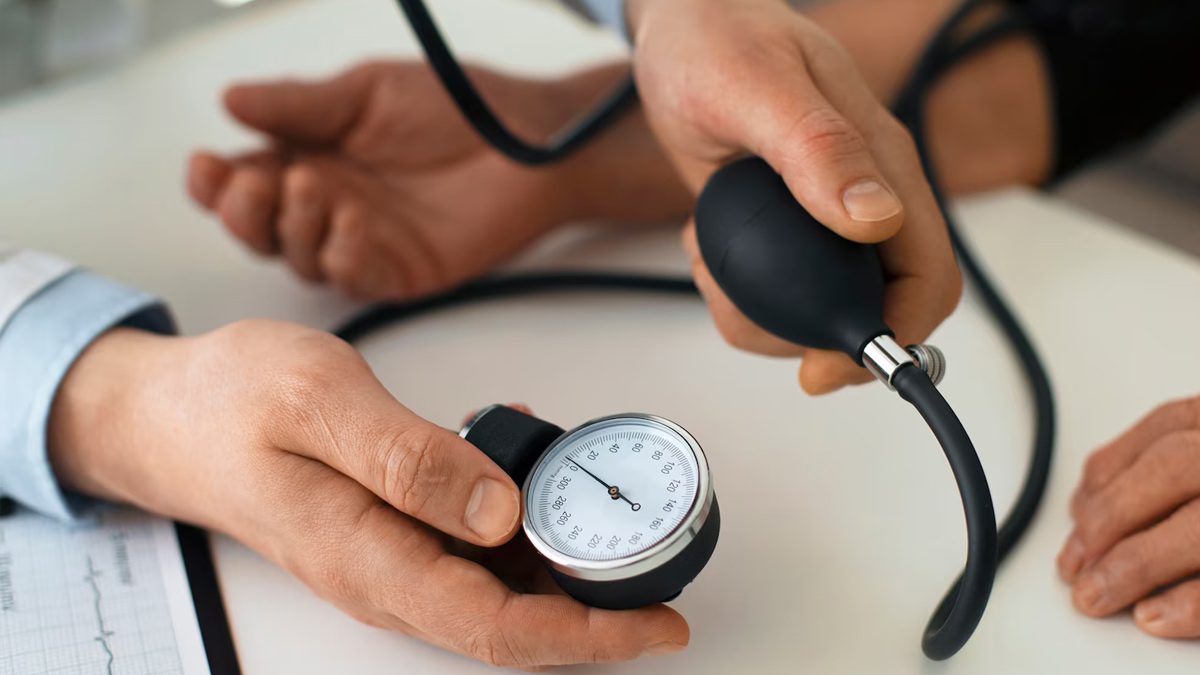
Blood pressure has been a critical sign we monitor for years, but the American Heart Association and American College of Cardiology just set the bar higher in terms of what is 'normal.' The 2025 guidelines reaffirm less than 120/80 mm Hg as the gold standard, but some cardiologists now say the actual ideal is a little lower than that.
Table of Content:-
We spoke to Dr Aniket Mule, Consultant Internal Medicine, KIMS Hospitals, Thane, who explained what's changed, and why experts are calling on all of us to take these figures, and our health, a bit more seriously.
A Slight Tweak That Matters: ‘Ideal’ vs ‘Normal’

While the categories haven’t changed from 2017, normal is still less than 120/80, elevated is 120–129/<80, Stage 1 hypertension is 130–139/80–89, and Stage 2 is 140+/90+—there’s a thoughtful upgrade in how cardiologists talk about ‘ideal.’
While 120/80 mm Hg is the clinical threshold, the optimal target is currently believed to be 115–119/70–79 mm Hg. That lower margin of difference might just save our brains, hearts, and even our pregnancies.
Also Read: Should Hypertensive Patients Take Hot Baths? Doctor Answers
Why the Push for Lower Numbers?
“One big reason for dialing down the ‘ideal’ is brain health. New evidence indicates that even slightly higher blood pressure can harm fine blood vessels in the brain, increasing the risk of cognitive decline and dementia. Bringing down blood pressure sooner, even below the conventional cut-off, may slow that danger and keep us sharp,” said Dr Mule.
In addition, stricter targets are essential in pregnancy management. Maintaining BP well within 'ideal' throughout pregnancy avoids hazardous complications such as preeclampsia and promotes maternal and fetal well-being.
A Clear Plan for When to Use Meds
“Tight control doesn’t mean throwing pills at the problem first. The new guidelines recommend starting with lifestyle changes for individuals in the 130–139/80–89 mm Hg range, but if improvements don’t happen within 3–6 months, then it’s time to consider medication. This approach aims to avoid heart failure crises, especially in vulnerable groups,” added Dr Mule.
Also Read: Blood Pressure In The Digital Age: How Screen Time And Sleep Disruptions Affect The Heart
Lifestyle Still Rules, But With Clarity
The 2025 guidance is full of actionable advice:

- Salt: Restrict sodium to below 2,300 mg/day, striving toward an ideal of 1,500 mg/day by reading food labels and not using processed foods.
- Alcohol: New language in the guidelines encourages complete abstinence or minimal intake—no more than one drink/day for women and two for men.
- Stress management: Add methods such as yoga, meditation, and deep breathing to your routine. And move toward 75–150 minutes of exercise per week.
- Weight: Even 5% weight loss can be beneficial for BP, and can supplement or replace medication.
- Diet: Adhere to the DASH diet, which has loads of fruits, vegetables, whole grains, legumes, lean protein, and low-fat dairy foods, shown to decrease BP significantly.
Wrapping It Up: What This Means for You
- 120/80 mm Hg is still “normal,” but the true optimal range may now be slightly below, closer to 115–119/70–79 mm Hg.
- Lowering BP even modestly may protect your brain, heart—and in the case of pregnancy, shield both mom and baby.
- If lifestyle changes don’t do the trick in 3–6 months, don’t wait—medications should be introduced thoughtfully and early.
- You can lower your BP with a smart diet, less salt, less (or no) alcohol, stress control, and maintaining a healthy weight.
Also watch this video
How we keep this article up to date:
We work with experts and keep a close eye on the latest in health and wellness. Whenever there is a new research or helpful information, we update our articles with accurate and useful advice.
Current Version